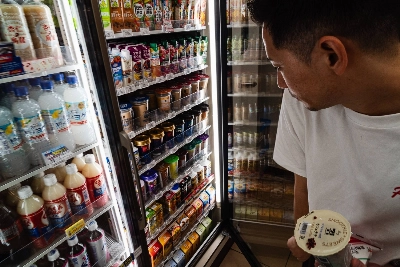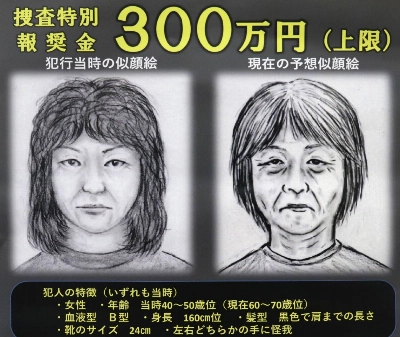The Tibetan Plateau is home to vast glacial reserves, which amount to the largest store of fresh water outside the Arctic and the Antarctic.
It is also the source of 10 major Asian river systems — including the Yellow and Yangtze rivers of mainland China, the Mekong, Salween and Irrawaddy rivers of Southeast Asia and the Indus and Brahmaputra of South Asia — which supply water to nearly 20% of the global population. And, now, it is the site of a slow-burning environmental calamity that is threatening the water security, ecological balance and geopolitical stability of the entire Asian continent.
For over two decades, China has been engaged in an aggressive and opaque dam-building spree, centered on — though not limited to — the Tibetan Plateau. Yet China’s government has refused to negotiate a water-sharing treaty with any of the downriver countries, which must suffer the consequences of their upstream neighbor’s whims.
















With your current subscription plan you can comment on stories. However, before writing your first comment, please create a display name in the Profile section of your subscriber account page.